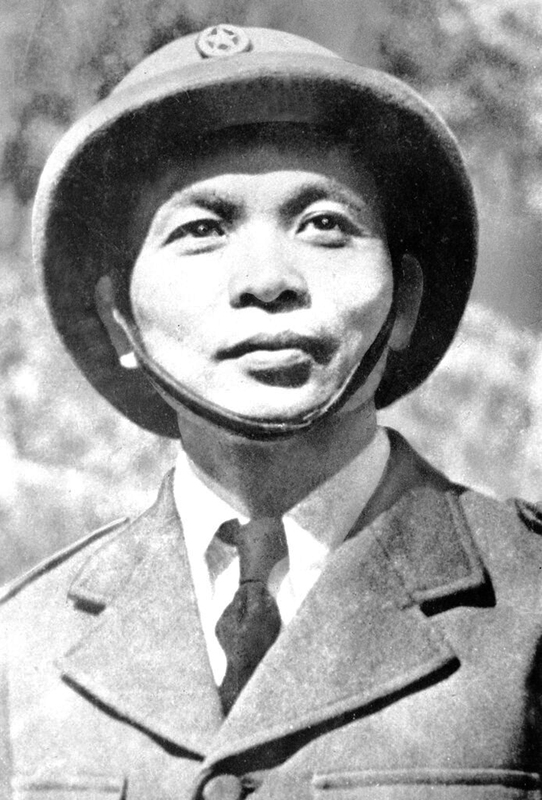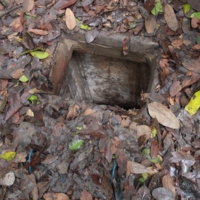Vo Nguyen Giap's Military Techniques
By Brenna McGowan
French conquest of Vietnambegan in 1858 with an attack on the port of Da Nang. Over the course of the next fifty years, France managed to consolidate its colonial holdings in Southeast Asia into the area known as French Indochina, which included Vietnam, Laos, and Cambodia. Its colonial reign continued until the end of the First Indochina War (1946-1954), following the victory of Vietnamese forces in 1954’s battle of Dien Bien Phu. This involved fighting between the French and their Vietnamese allies and Ho Chi Minh’s Viet Minh. Ho Chi Minh’s soldiers were led by General Vo Nguyen Giap, a Vietnamese nationalist known for his use of unique military tactics. These tactics included, among other things, heavy use of guerilla and ambush techniques.
Following the victory of the People’s Army at Dien Bien Phu, Vo Nguyen Giap retained his position as a military leader for the Communist Party of Vietnam. With rising tensions between North and South Vietnam and the eventual involvement of American troops in the conflict, Giap’s military practices guided the Vietnamese effort. For interviewee William White, a Marine during the Vietnam War, Giap’s combat style was so pervasive that he described his time on the ground by saying that “it was like being in Dien Bien Phu with the French.”
Due to the United States’s military’s superiority in firepower and technology, Giap’s guerrilla strategy proved essential to Vietnamese success. The primary way in which Giap’s armies carried out ambush attacks was through the use of underground bases created using tunnel systems. One of the most extensive of these bases was Cu Chi, a guerilla facility with over two hundred miles of tunnels. These tunnels were used by the Northern Vietnamese for storage, transport, training, and all other facets of military life that would traditionally be conducted above ground. Marine Allen Louthian cites Cu Chi and other facilities like it, stating that he was aware during the war that “[the Viet Cong] had underground cities, they could survive underground.”
Viet Cong tactics also included frequent booby-trapping targeting tunnel entryways and outdoor trails. Many soldiers reported encounters with these types of traps, including the unique cartridge trap, with its tripping mechanism rigged to a small arms cartridge, that would explode when triggered. Veteran Robert Whetstone described a run-in with what was likely one of these types of traps, explaining that it was similar to a mine, with intense shrapnel that “severely injured” a soldier he was with as well as five others that were near him due to the intensity of the trap’s weaponization.
For Vo Nguyen Giap, these military techniques were so central to his identity as a commander and to the cause of Vietnamese liberation that he ties his tactical success to the success of the Vietnamese people as a whole. In an interview with the People’s Century project by PBS, Giap stated that, in the case of the battle at Dien Bien Phu, “it was the people’s war that was victorious… and guerrilla warfare was one aspect of that.”
Further readings:
- Guan, Ang Cheng. “Decision-Making Leading to the Tet Offensive (1968) - The Vietnamese Communist Perspective.” Journal of Contemporary History 33, no. 3 (1998): 341–53.
- Johnson, Chalmers. “The Third Generation of Guerrilla Warfare.” Asian Survey 8, no. 6 (1968): 435–47.
- Pribbenow, Merle L. “General Võ Nguyên Giáp and the Mysterious Evolution of the Plan for the 1968 Tết Offensive.” Journal of Vietnamese Studies 3, no. 2 (2008): 1–3




